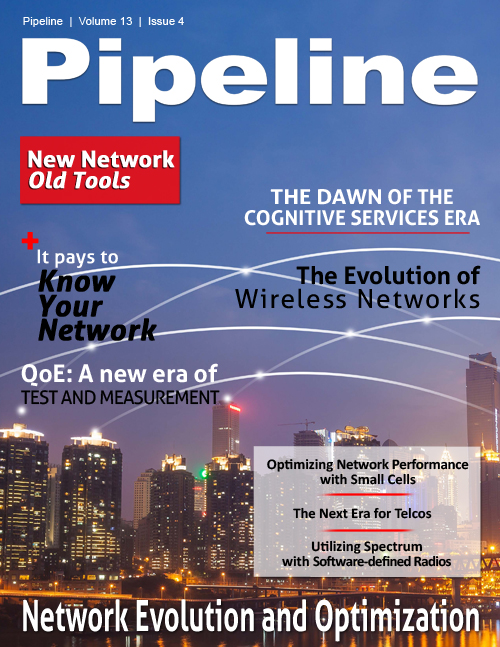New Network, Old Tools? A Systematic Approach to Supporting The Network of Change
Phase I – Chaotic and Reactive
In a chaotic environment, the organization is using old tools, and having a hard time keeping up with faults and events. Moving into reactive mode, there has likely been some integration into a trouble ticket system and, based on the information gleaned about the location and user, the event is able to get routed to a specific group for trouble shooting and resolution.
Phase II – Proactive and Managed
Moving into a more proactive environment requires predictive event analysis. This is when administrators can stop a fault before it happens based on historical and usage data. The benefits to moving to a proactive environment include a reduction in events to operations, a reduction in repeating events, and a reduction in known event classes.
Phase III - Optimal
The optimal state allows CSPs and enterprise organizations to keep their networks up and running while managing customers based on SLAs. Processes are in place to manage the network and automate repetitive tasks. In the optimal scenario, IT is strategically linked to other parts of the business and has a positive net result on business planning.
Moving Through the Phases
The first step in upgrading aging network tools is to have a professional conduct a full analysis of your network operations. A network evaluation can highlight outdated tools, unused contract credits, and redundant or ineffective processes. From there, your vendor can provide an implementation plan that gets you to the optimal state given the time and the resources budgeted.
The execution of the tools and process upgrade is one of the most critical elements to consider. Your vendor must be able to provide regular monitoring of your systems and help you identify growth opportunities to better serve your customers. Upgrading your network management system is not a single point in time activity but rather an investment that – if tended and reviewed and tweaked regularly – can pay huge dividends. If you are not seeing improvements in your KPIs, and if your mean time to repair doesn’t improve, you may not be benefiting from the tools you have.
In order for telcos, and large, complex businesses to continue to meet consumers’ demand for new applications, speed, performance and reliability, the people charged with keeping the network running at peak performance need the tools that have broad reach across the organization, have the ability to analyze the data that is captured, and have the ability to predict outcomes based on history, performance metrics and industry best practices.
Unified Service Assurance from gen-E
Bringing Value to the Equation
gen-E has nearly 2 decades of experience helping some of the most recognizable brands in telecom and enterprise keep their networks running at peak performance, and meeting their customers’ demands. Applying our industry-lauded Unified Service Assurance framework, we have helped our customers work through network upgrades, acquisitions, and system consolidations. Our goal is to work across organizational silos and allow our technology to correlate events and use analytics to help identify problems across the entire network faster, reduce MTTR, and get to the optimal state of network management. For more information, click here.


















